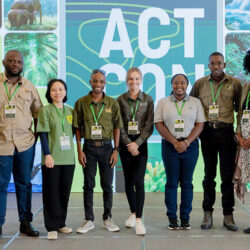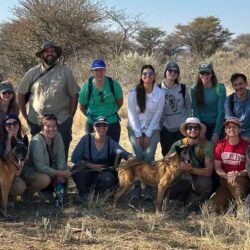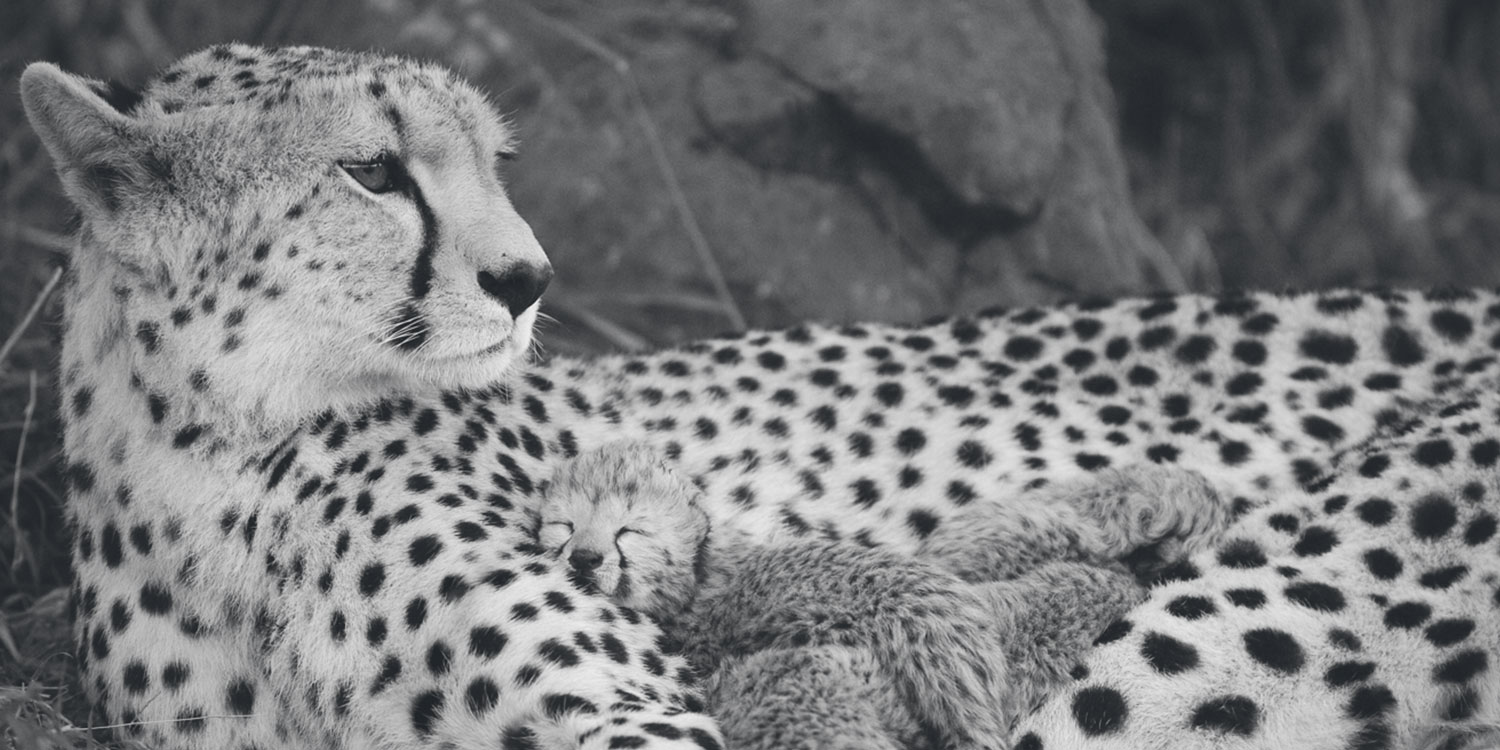A Protocol for the Rescue, Rehabilitation and Release of Cheetahs
-
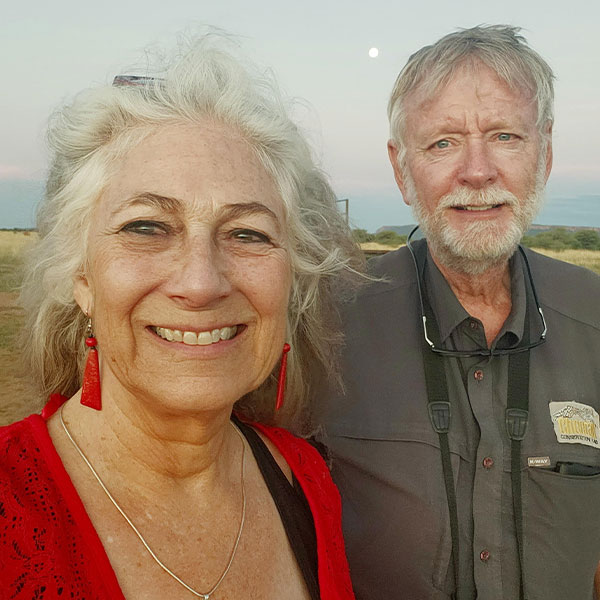
- by Dr. Laurie Marker February 23, 2022
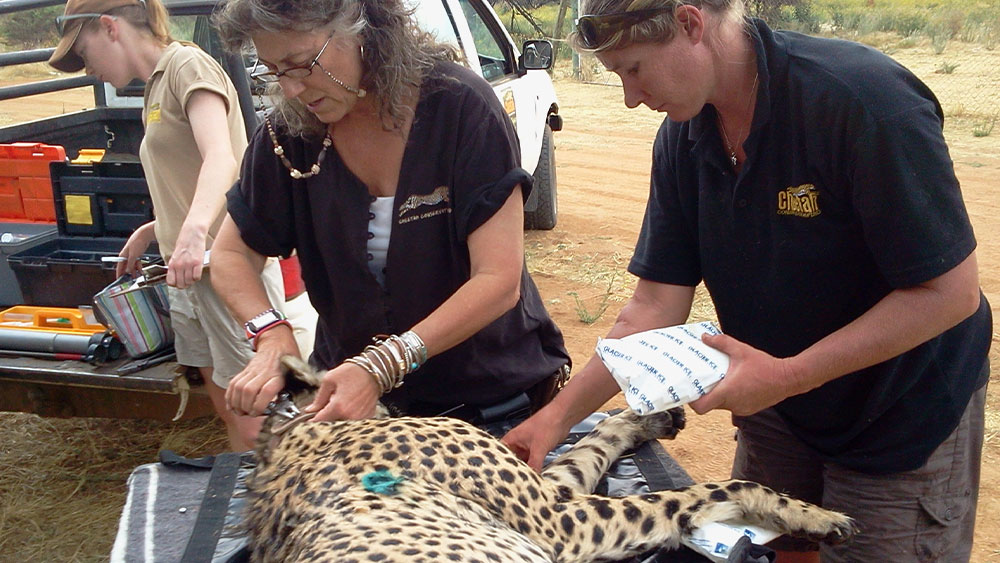
Research projects that focus on the rehabilitation and release of large predators are uniquely challenging due to the types of threats that predators face in the wild. For cheetahs, human-wildlife conflict, habitat loss, and the illegal wildlife/pet trade are the three main threats causing the endangerment of the species across its range. Cheetahs often become injured or orphaned due to one or more of these threats. The Cheetah Conservation Fund (CCF) often receives these animals at our rehabilitation facility in Namibia. The protocol CCF has developed for the rehabilitation and release of wild-born, orphaned cheetahs has now been published in the journal Oryx, entitled Recommendations for the rehabilitation and release of wild-born, captive-raised cheetah: the importance of pre- and post-release management for optimizing survival by Eli Walker, Stijn Verschueren, Anne Schmidt-Kuentzel, and Laurie Marker.
The paper published in February 2022 by Oryx, compiles the past 15 years of research on the rehabilitation and release of wild caught, orphan cheetahs in Namibia. The origin of this research extends back to the 1970’s beginning with my work in South West Africa, which is now the country of Namibia. As part of a research project with Wildlife Safari (a zoological park in Oregon, USA), I came to Africa to determine whether a captive born cheetah could learn to hunt.
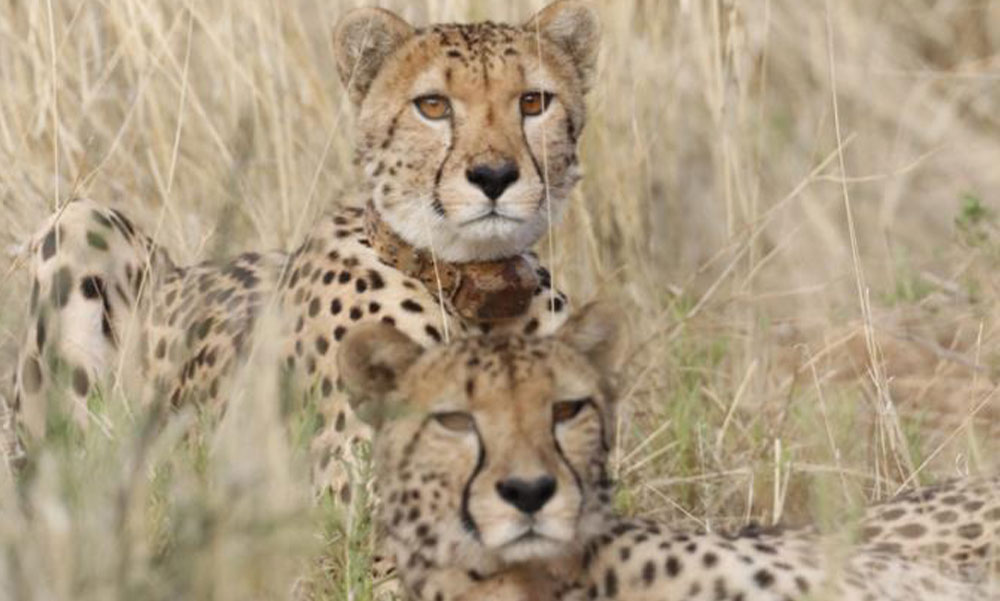
The work continued in 1991 when I founded CCF, moving to the newly formed country of Namibia. CCF’s first goal was to keep cheetahs from being removed from the wild by working to address human-wildlife conflict within the farming community. This conflict had resulted in the loss of over 800 cheetahs per year the previous decade. Many of the cheetahs that were dying were young and orphaned cubs whose mothers had been trapped or killed. We built our rescue and rehabilitation facility and began the work to put rehabbed cheetahs back into the wild. CCF’s programs have grown over the years, and we’ve been able to address the main threats to the cheetah, bringing the plight of the cheetah into popular awareness in Namibia and around the world.
Across the cheetah’s range the species is still being removed from the wild at an alarming rate. Because the population of cheetahs has diminished to only 7,100 adults and adolescents remaining in 9% of their historic range, the rehabilitation and release of injured and orphaned cheetahs could be an important part of the conservation strategy. To bring our long history of successful rehabilitation and release to our range wide partners, CCF has developed a system of repeatable protocols in Recommendations for the rehabilitation and release of wild-born, captive-raised cheetah: the importance of pre- and post-release management for optimizing survival. Our study showed high success rates of release candidates in achieving independence (75-96%) and survival estimates were like wild counterparts. Moreover, there was evidence of successful reproductive events, an important measure of release success.
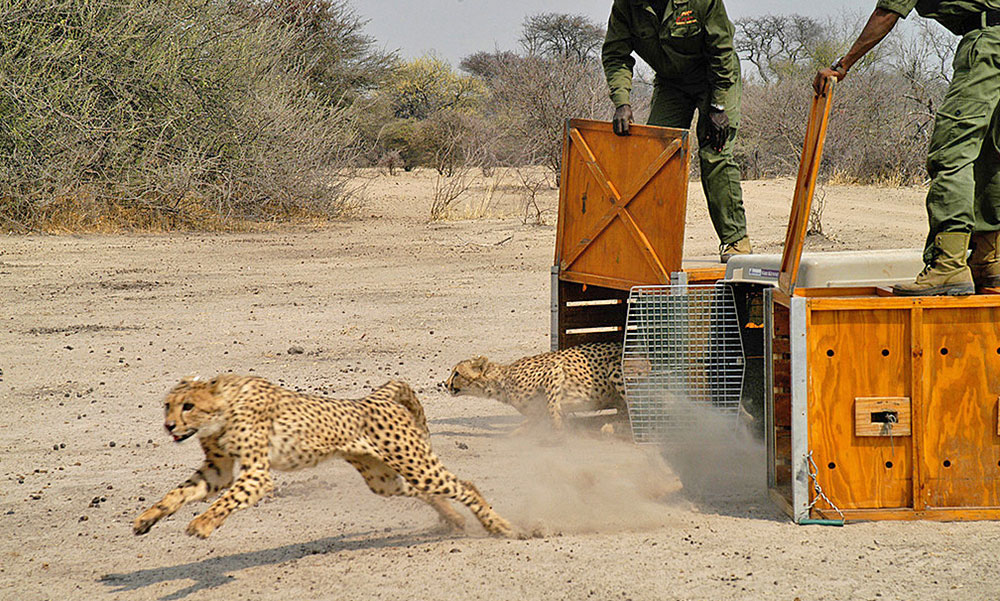

Reestablishing healthy populations of cheetahs across the species’ range will take the efforts of all stakeholders. By publishing our rehabilitation and release protocol, CCF hopes to bolster all rehabilitation and release efforts to help ensure a future for the cheetah in the wild. CCF has collaborated with several governmental and private partners to make this work possible. We are incredibly thankful for the long term and continued support of the Namibian Ministry of Environment, Forestry and Tourism, as well as our partner reserves such as Erindi Private Nature Reserve and NamibRand Nature Reserve.
Our work is directly important to global cheetah strategies in range countries where the cheetah has gone extinct in the not-too-distant past. The governments of countries like India, Nigeria and Saudi Arabia are now wanting help to re-establish cheetah populations. In current range countries that have lost a lot of cheetahs there is a lot of interest in reinforcing and recovering their numbers of cheetahs. Planning for reintroduction in several countries is currently underway.
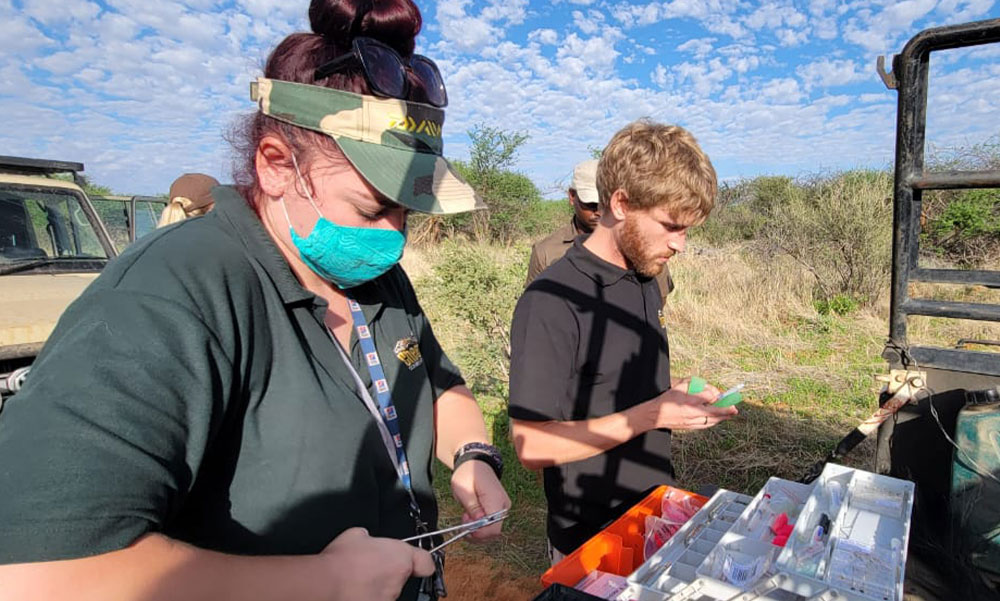

Rehabilitating cheetahs back into the wild is important but it is very difficult work. It can sometimes be overwhelmingly sad when a released animal fails to make it in the wild. Successful individuals make the work worthwhile but long-term monitoring of released animals requires a financial commitment. You can help us continue our work by donating today.
At its core, CCF’s conservation strategy focuses on keeping cheetahs in the wild through community support programs in environmental education and farmer training. Rehabilitation and release of wild born, orphaned cheetahs is also an important part of our efforts to save the species. At CCF, we will continue to improve our techniques and share with cheetah conservation stakeholders and other partners what we learn. We hope that our published protocol is used by cheetah conservation practitioners throughout the cheetah’s range, and we hope that it can serve as a foundation from which improved practice in cheetah rehabilitation and release can be built. CCF is always open to collaboration in such efforts.
Related Reading
-
August 27, 2025
Sniffing Out Stories with the Scat Detection Dog Team

